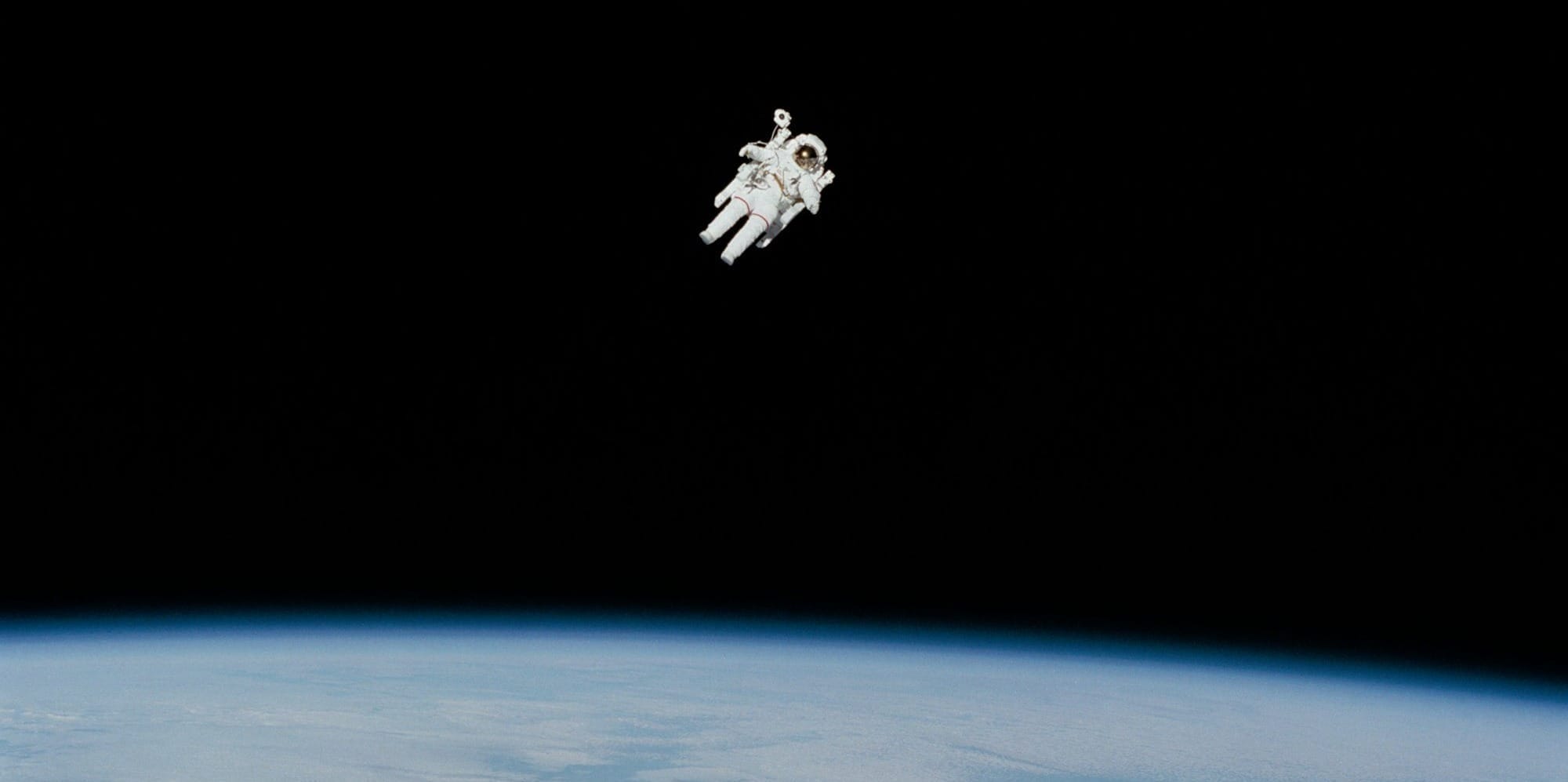Capiche's comprehensive guide to brand archetypes
The Hero. The Innocent. The Jester. Is this brand strategy or a children's story? We take a deep-dive into the world of brand archetypes, explaining what they are and how they can help brands connect more meaningfully with their audiences.

Every brand tells a story, and at the heart of that story lies a brand archetype. As a marketer, understanding these archetypes can be a powerful tool in crafting compelling brand strategies. This guide will dive deep into brand archetypes, their significance, and how to harness them effectively.
What is a brand archetype?
At its core, a brand archetype is a universally recognized character or theme that resonates with our collective unconscious. Stemming from the theories of psychologist Carl Jung, these archetypes play a pivotal role in influencing consumer perceptions and emotions.
Why brand archetypes are an essential tool for marketers
- Relatability: Archetypes are universally recognized, allowing brands to create stories that resonate on a global scale.
- Consistency: They provide a framework ensuring that brand messages remain consistent across different platforms and campaigns.
- Emotional Connection: Tapping into these deep-rooted characters allows brands to forge emotional connections, driving loyalty and engagement.
Characteristics of each brand archetype
While archetypes represent a holistic brand persona, their individual nuances lie in distinct personality traits. These characteristics not only shape the brand voice but also deeply influence marketing campaigns, advertising, and overall brand messaging.
- Desire: At the heart of every archetype is a core desire — the intrinsic need or aspiration that drives them. This desire becomes a motivating force, guiding the archetype's actions and decisions.
- Fear: Equally potent is the archetype's fear. It's the shadow side, representing what the archetype dreads losing or perhaps never attaining. Fears can greatly influence an archetype's motivations, oscillating between the pull of their desires and the push of their anxieties. For example, the Hero fears failure or giving in, while the Explorer dreads of confinement or getting trapped in the mundane.
- Strategy: Every archetype employs a distinct strategy to navigate the challenges posed by their fears and to inch closer to their desires. This strategy is often a blend of their innate strengths and learned tactics. The Innocent leverages simplicity and purity to find happiness. The Sage dedicates themselves to research and deep analysis to uncover truths.
- Promise: Beyond desires and fears, archetypes offer a promise — a commitment or assurance of what they can deliver to others. This isn't just about fulfilling their own needs but about enriching the lives of those they touch.To illustrate: The Innocent promises a return to a simpler, purer, and more joyful state. The Hero promises greatness and achievement.
The brand's archetype promise often mirrors its specific brand promise — an emotion-packed pledge that answers the pivotal question: "Why should our audience care about us?"
The 12 primary brand archetypes
Across cultures, certain characters resonate universally. In branding, these are identified as 12 core archetypes. While their names might vary, their essence remains consistent. Let's dive into these timeless, relatable personas to understand their impact on brand identity.
The Innocent
The Innocent embodies purity, goodness, and simplicity. They often represent nostalgia or a desire to return to better days.
- Desire: Seek happiness and fulfillment through simplicity
- Fear: Doing something wrong or corrupting purity
- Strategy: Maintain optimism and trust, rely on integrity
- Promise: Offer a fresh start or a return to simpler times
- Common examples: Dove, Coca-Cola
The Explorer
The Explorer represents freedom, adventure, and discovery. They yearn to break free from constraints and discover the world.
- Desire: Experience a better, more authentic world
- Fear: Feeling trapped or constricted
- Strategy: Seek out new experiences, be true to oneself
- Promise: Offer freedom and a sense of discovery
- Common examples: Jeep, The North Face
The Sage
The Sage pursues truth and wisdom. They use intelligence and analysis to understand the world.
- Desire: Discover the truth
- Fear: Being misled or ignorance
- Strategy: Research, seek knowledge, and provide insights
- Promise: Offer wisdom and insights
- Common examples: Google, BBC
The Hero
The Hero embodies courage and bravery. They strive to make the world better through their achievements.
- Desire: Prove one's worth and improve the world
- Fear: Vulnerability and weakness
- Strategy: Courageous acts and challenges
- Promise: Create a legacy by demonstrating mastery
- Common examples: Nike, GoPro
The Outlaw
The Outlaw represents disruption and revolution. They seek to break the rules and challenge the status quo.
- Desire: Revolutionize and overturn what isn't working
- Fear: Being powerless or ineffectual
- Strategy: Disrupt, destroy, or shock
- Promise: Liberate from the conventional; pave the way for change
- Common examples: Harley Davidson, Virgin
The Magician
The Magician transforms reality, turning dreams into reality. They believe in the power of vision.
- Desire: Create special moments and outcomes
- Fear: Unintended negative consequence
- Strategy: Develop a vision and live by it
- Promise: Make dreams come true
- Common examples: Disney, Tesla
The Everyperson
The Everyperson seeks connection and belonging. They value humility and reject pretentiousness.
- Desire: Form connections and fit in
- Fear: Standing out or being left out
- Strategy: Be down-to-earth and genuine
- Promise: Belonging and simplicity
- Common examples: IKEA, Levi's
The Lover
The Lover values intimacy, romance, and passion. They seek to create and foster relationships.
- Desire: Attain intimacy and sensual pleas
- Fear: Being unwanted or unloved
- Strategy: Promote allure, desirability, and commitment
- Promise: Inspire love and passion
- Common examples: Chanel, Victoria's Secret
The Caregiver
The Caregiver values compassion, generosity, and nurturing. They want to protect and care for others.
- Desire: Protect and care for others
- Fear: Selfishness and ingratitude
- Strategy: Offer assistance, nurture, and do things for others
- Promise: Unconditional care and support
- Common examples: Johnson & Johnson, Volvo
The Ruler
The Ruler embodies power, control, and leadership. They desire to bring order from the chaos.
- Desire: Control and create order
- Fear: Chaos and being overthrown
- Strategy: Exercise authority and leadership
- Promise: Stability and control
- Common examples: Mercedes-Benz, Microsoft
The Creator
The Creator is highly imaginative and innovative. They aim to create something meaningful and enduring
- Desire: Create something of enduring value
- Fear: Mediocrity or creating something insignificant
- Strategy: Innovate and build
- Promise: Realize a vision
- Common examples: LEGO, Adobe
The Jester
The Jester in the moment with joy and humor. They seek to have a good time and lighten up the world.
- Desire: Bring joy to the world
- Fear: Being bored or boring to others
- Strategy: Play, make jokes, and be funny
- Promise: Provide enjoyment and lighten up life
- Common examples: Old Spice
Categorizing brand archetypes
While the 12 brand archetypes each possess unique characteristics, they also share underlying desires that can be categorized into four primary groups. These groups help us understand the core motivations driving each archetype, allowing brands to refine their strategies to resonate more deeply with their target audiences.
Here's how we can group the core motivations of our 12 archetypes:
- Structure: Brands focusing on this motivation emphasize stability, control, and order. Strategies are crafted to project a dependable and reliable image.
Archetypes include: The Ruler, The Creator, The Caregiver. - Legacy: Brands aligned with Legacy aim to leave a lasting impact, striving for enduring success, power, or revolutionary change.
Archetypes include: The Hero, The Outlaw, The Magician. - Enlightenment: These brands prioritize discovery, understanding, and self-actualization. Their strategies focus on awakening, fulfillment, and reaching potential.
Archetypes include: The Sage, The Innocent, The Explorer. - Connection: Focused on fostering relationships, community, and belonging, these brands develop strategies that bring people together and enhance interpersonal connections.
Archetypes include: The Lover, The Regular Guy/Gal, The Jester.
Understanding these categories helps brands tap into the primal desires and motivations of consumers, ensuring their messaging not only captures attention but also engages on a deeper emotional level.
How archetypes can, and should, inform your brand strategy
Understanding and leveraging brand archetypes is crucial for developing a coherent and impactful brand strategy. Here’s how you can use brand archetypes to shape your brand’s strategy effectively:
Define your brand personality
Start by aligning your brand with an archetype that mirrors your core values and mission. This alignment helps clarify your brand’s personality and ensures consistency across all marketing efforts.
Example: If innovation is a core value, the Creator archetype might be a fit, reinforcing your brand’s commitment to pioneering new ideas.
Enhance emotional connection
Use the emotional undertones associated with your chosen archetype to deepen connections with your audience. By tapping into universally understood narratives, you can evoke stronger emotional responses and foster loyalty.
Example: Adopting the Lover archetype could help a luxury brand weave romance and passion into its narrative, attracting customers seeking deep emotional engagement.
Guide marketing and communication
Let your archetype guide the tone and style of your communications, ensuring that your marketing messages consistently reflect the brand’s personality.
Example: A brand aligned with the Jester archetype might use humor and light-heartedness to engage its audience, making every interaction memorable and enjoyable.
Differentiate from competitors
By embodying an archetype that is distinct from your competitors, you can differentiate your brand in the marketplace. This distinct identity helps you stand out and can be a significant competitive advantage.
Example: If most competitors in your field align with the Ruler archetype, adopting the Rebel might set you apart by appealing to consumers looking for alternative, non-conformist options.
Raise the stakes by creating archetypal tension
Strategic use of archetypal tension can enrich brand narratives, making them not only more engaging but also deeply resonant with audience motivations and conflicts. This approach keeps the brand dynamic and tightly connected to its audience as their needs evolve.
Consider a brand aligned with the Creator archetype, celebrated for its focus on innovation and enduring value. Introducing archetypal tension can profoundly enhance its strategy:
- Creation vs. Destruction (Opposing Archetype: The Outlaw): While the Creator aims to innovate, integrating the Outlaw archetype injects a dynamic of challenging the status quo or dismantling what's outdated. This tension enriches the narrative, suggesting that true innovation may require breaking away from the old, thereby making the story more compelling and rooted in reality.
- Design vs. Intimacy (Opposing Archetype: The Lover): A brand like the Creator, which prizes precise, thoughtful design, can gain depth by incorporating the Lover archetype. This creates tension between meticulous design and the spontaneous, raw beauty of intimacy, rendering the brand more relatable and emotionally engaging.
Inform product development and customer experience
Design products and craft customer experiences that are true to your archetype. This consistency ensures that customers have a cohesive experience that reinforces the brand identity.
Example: A brand embodying the Caregiver archetype could focus on products that offer care and protection, ensuring that all customer touchpoints reinforce the nurturing aspect of the brand.
Become a master of perception with Capiche
At Capiche, we leverage the power of archetypes to deepen your brand's connection with audiences.
Our AI-powered Perception Analysis, utilizing the Archetyper tool, dives deep into content and conversations to pinpoint your brand's primary archetype accurately. Our team transforms these insights into strategic guidance, helping you leverage your archetype to distinguish your brand in the marketplace.
Ready to enhance your brand strategy? Book a meeting to discover how our Perception Analysis service can elevate your brand.
Want to delve deeper into brand archetypes? Subscribe to our newsletter for the latest insights delivered directly to your inbox.
